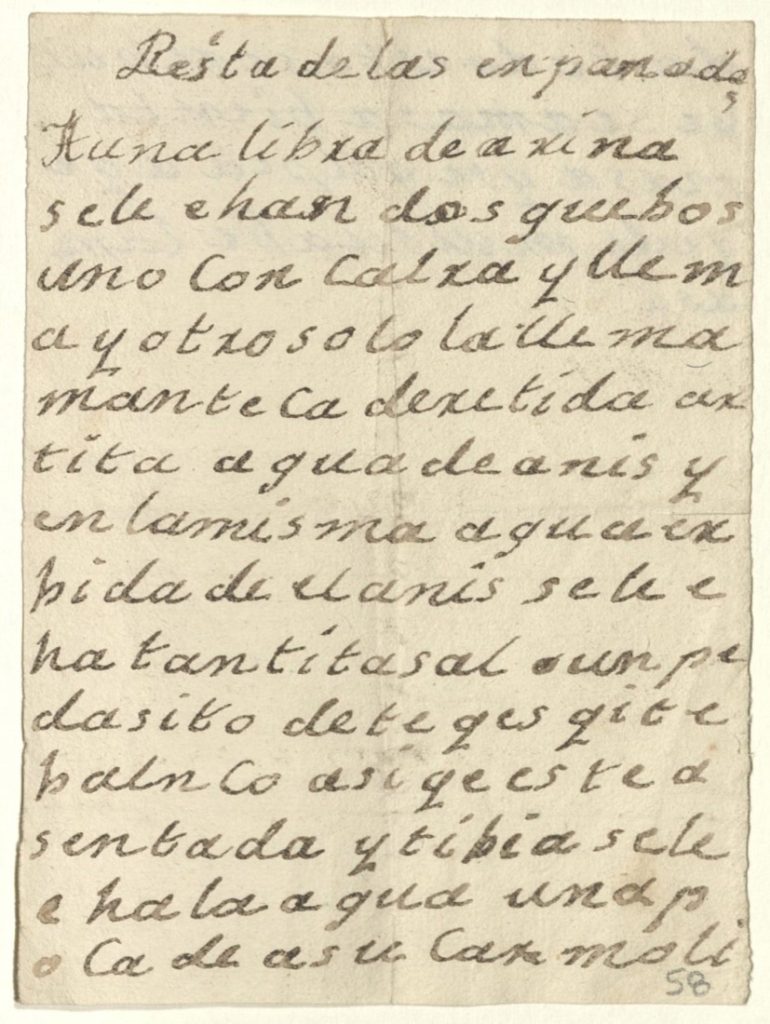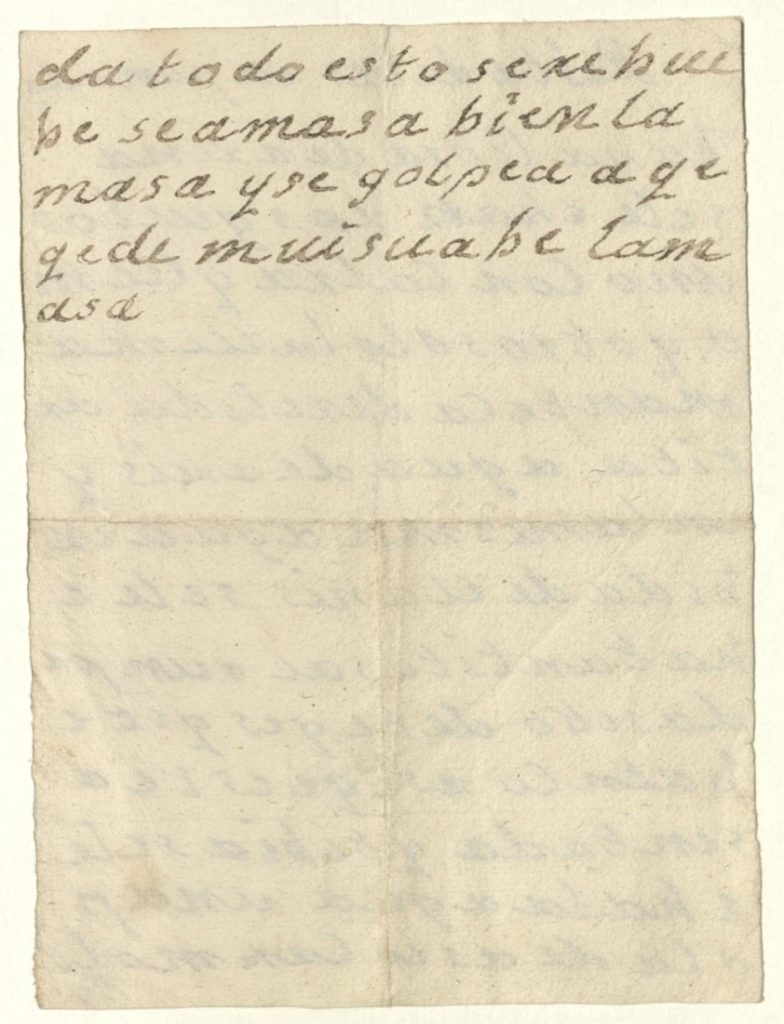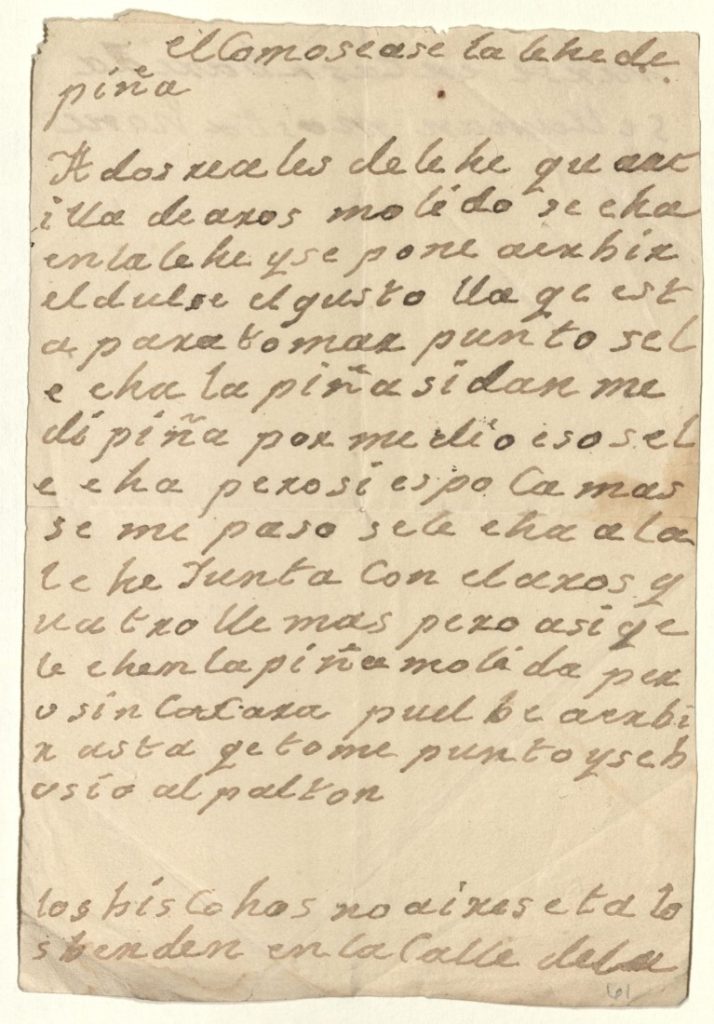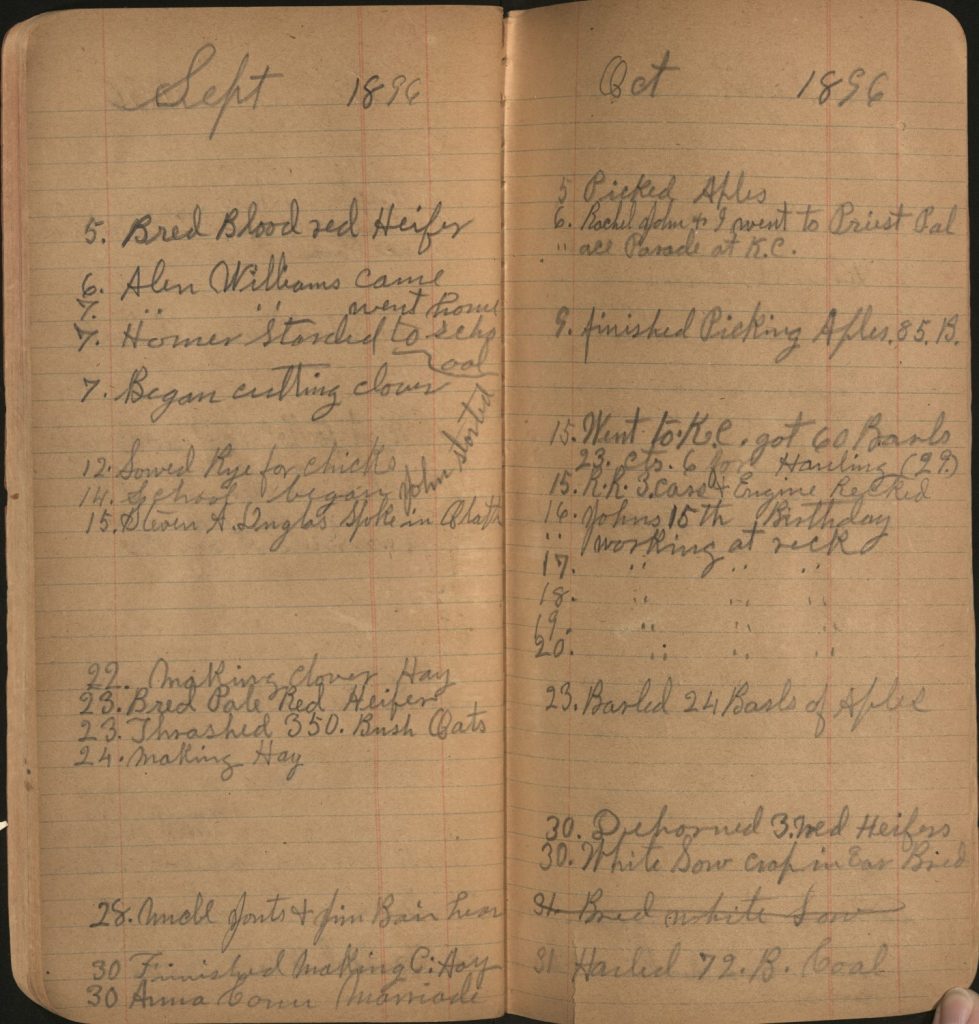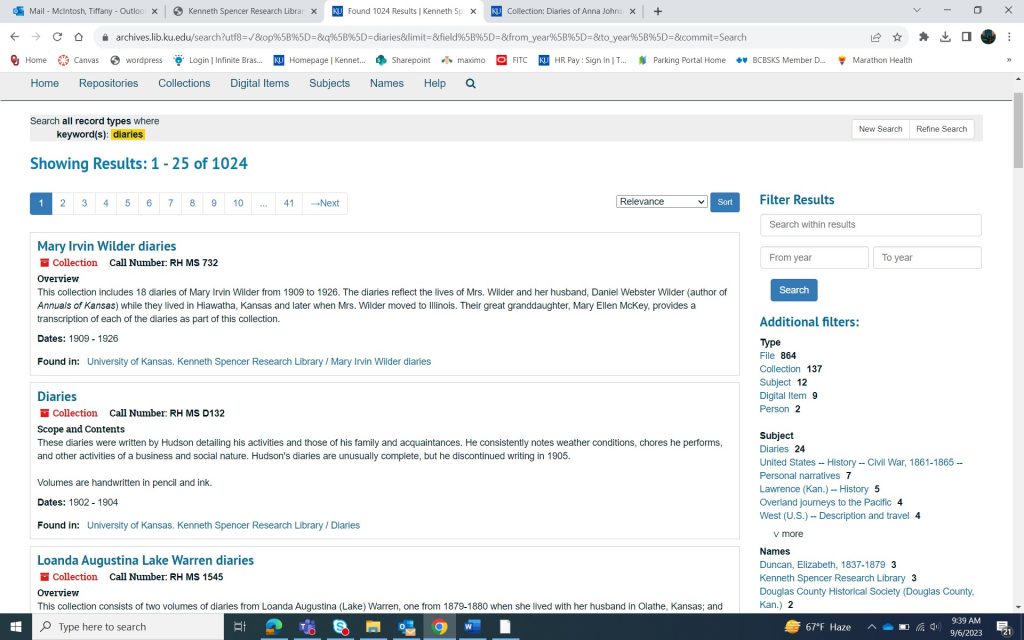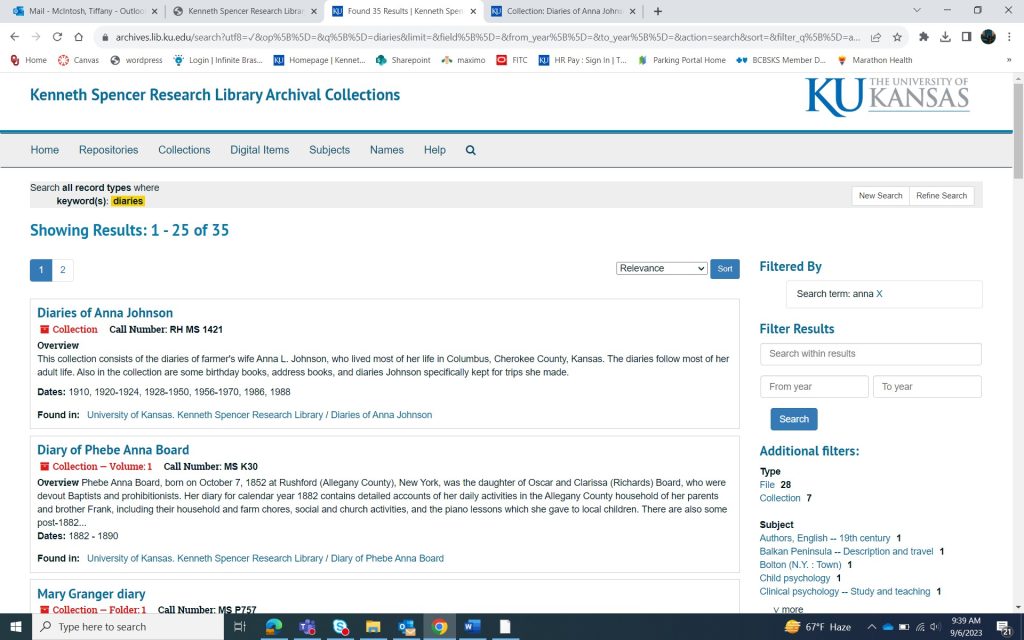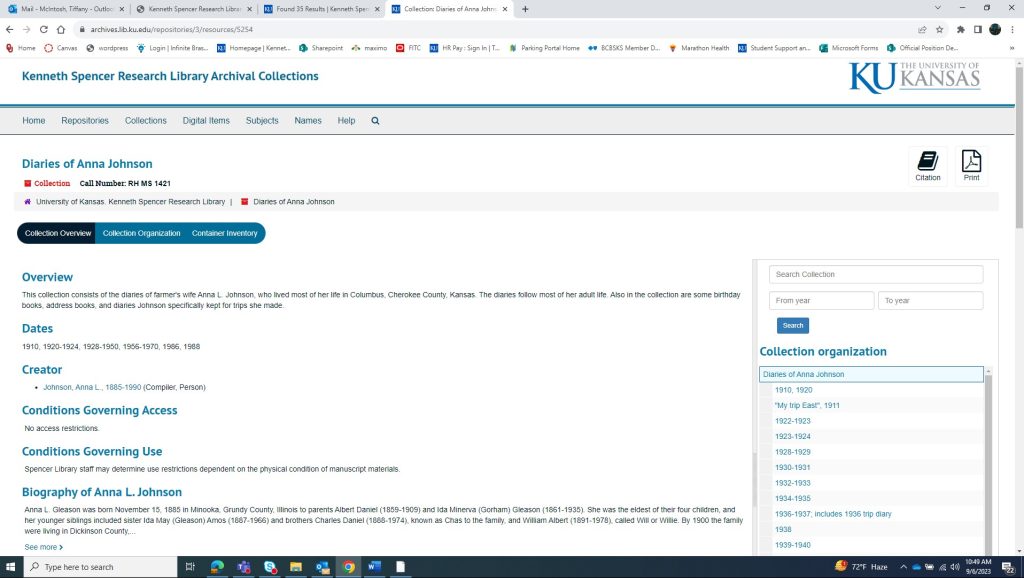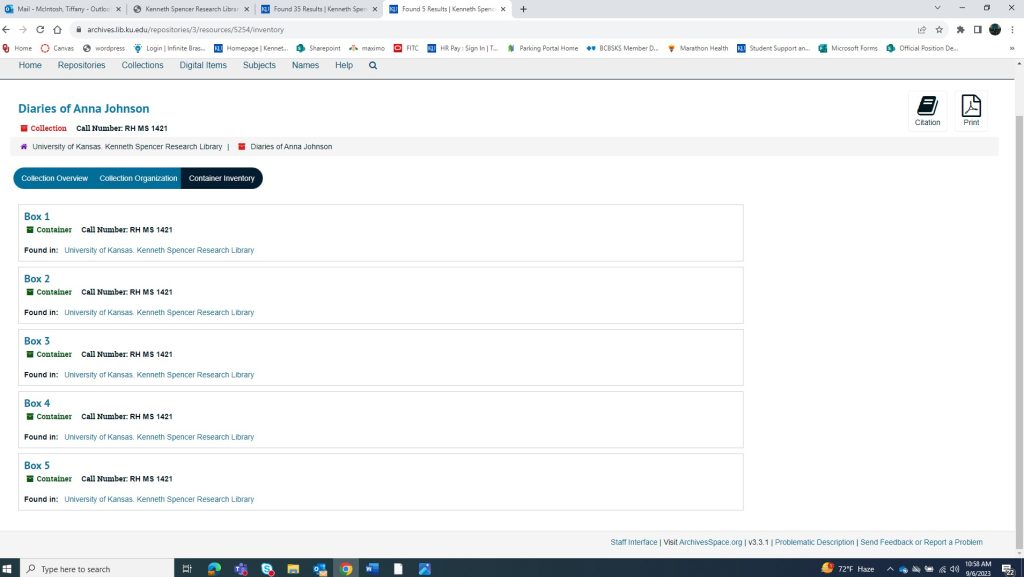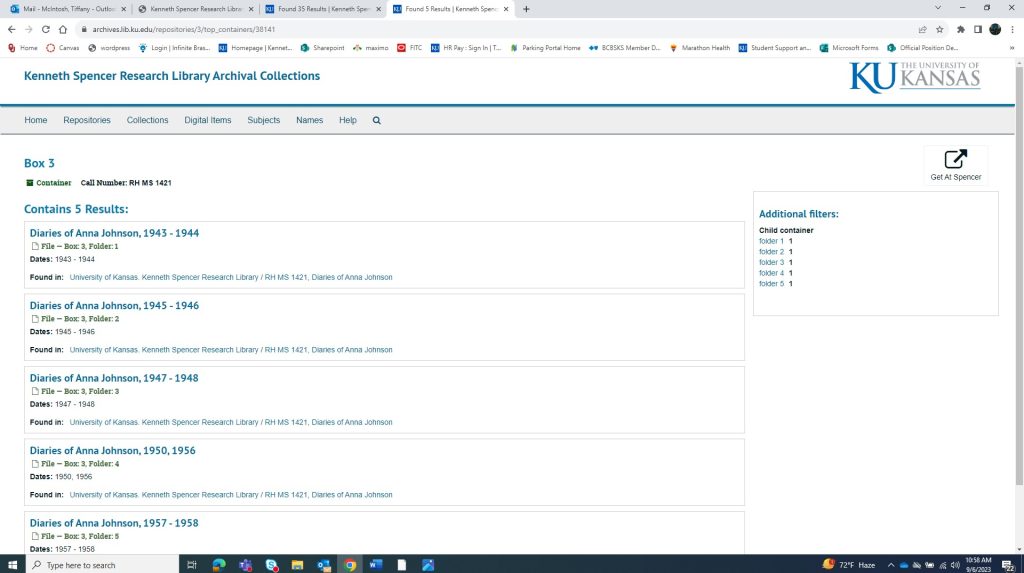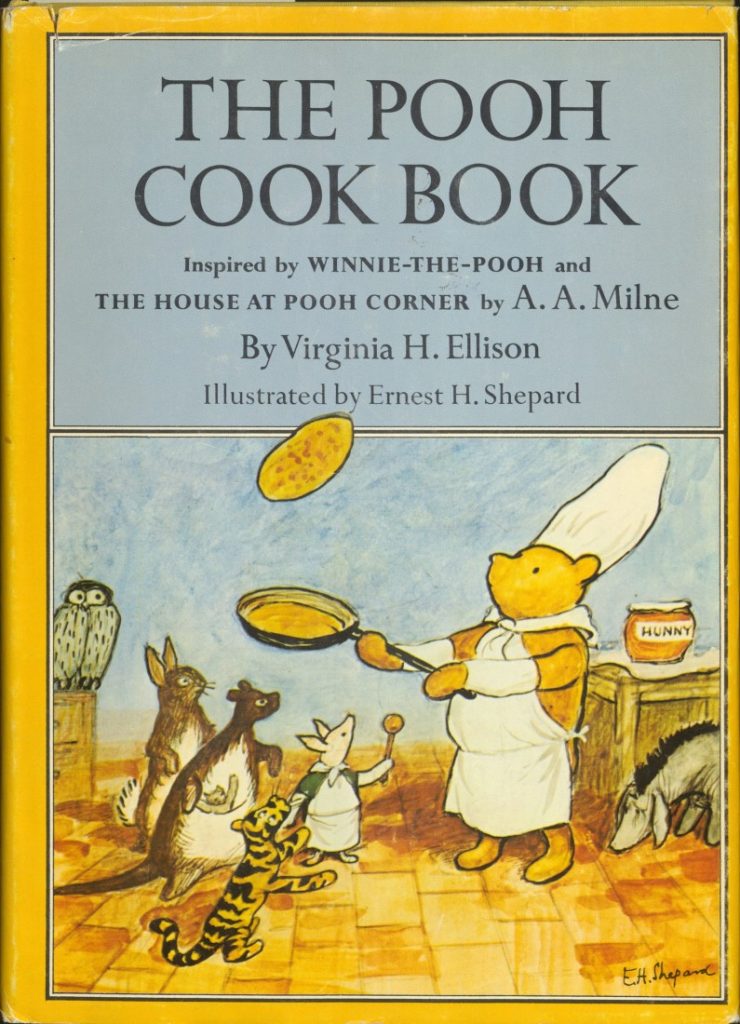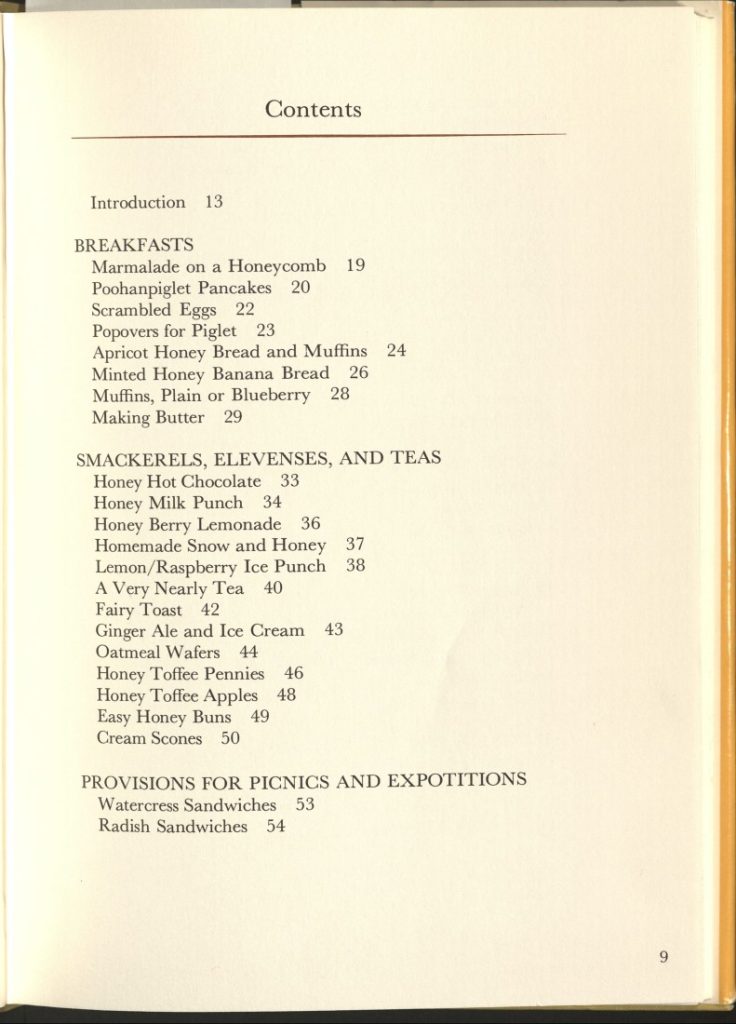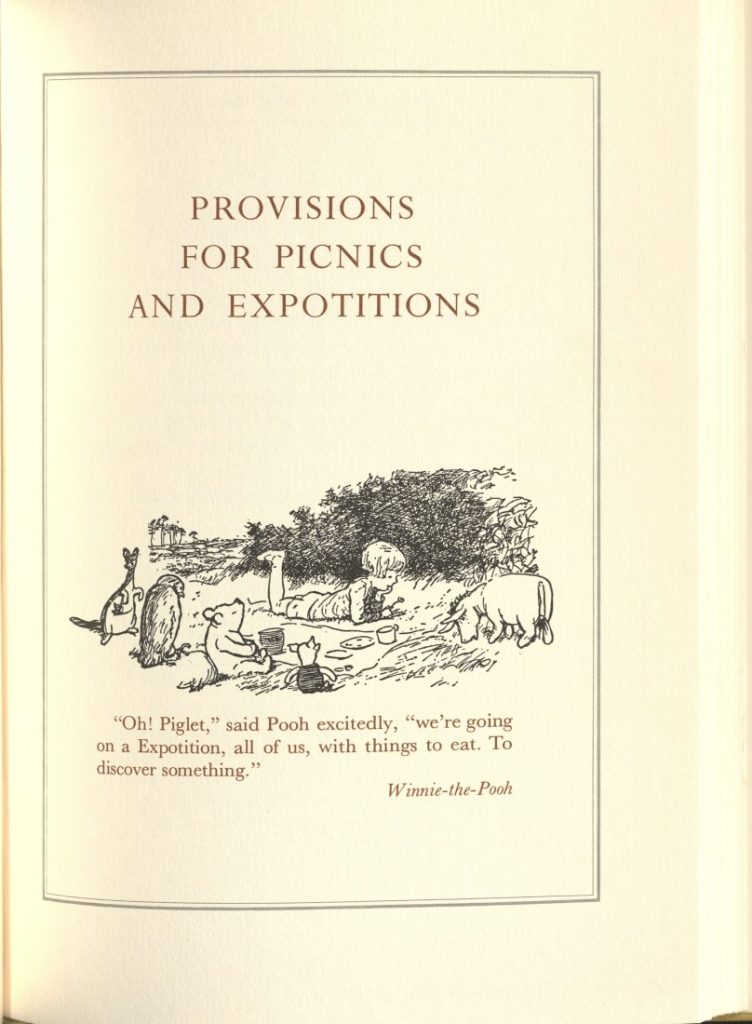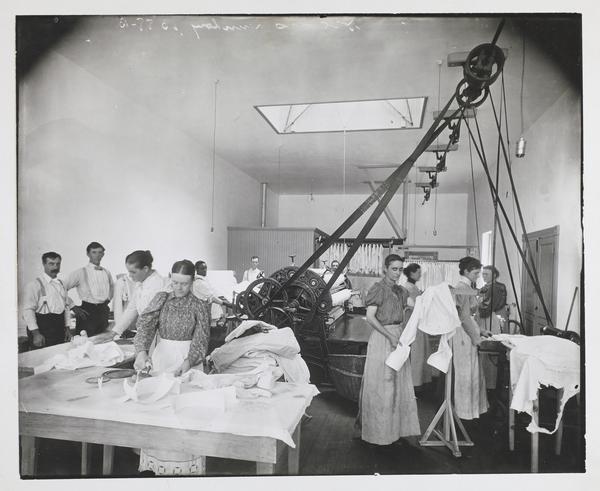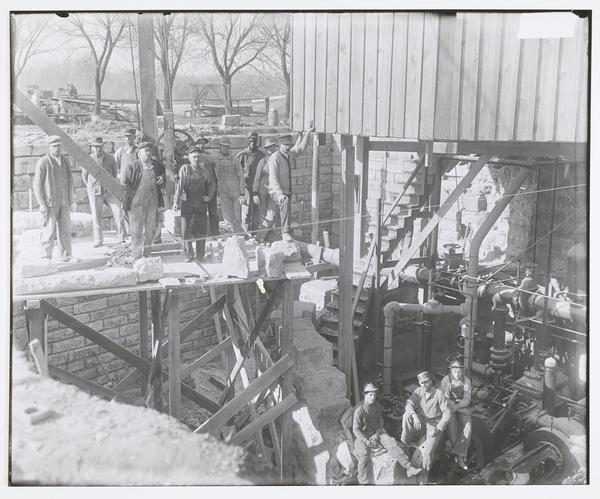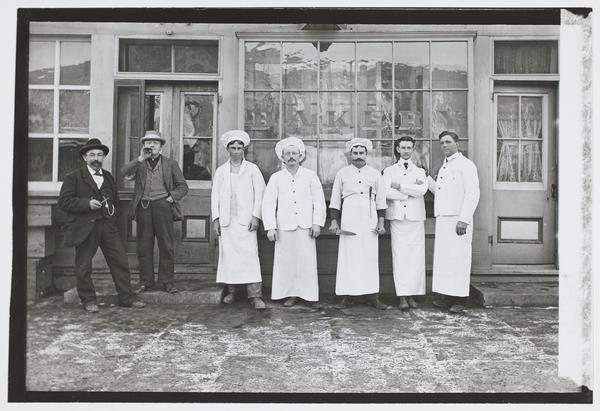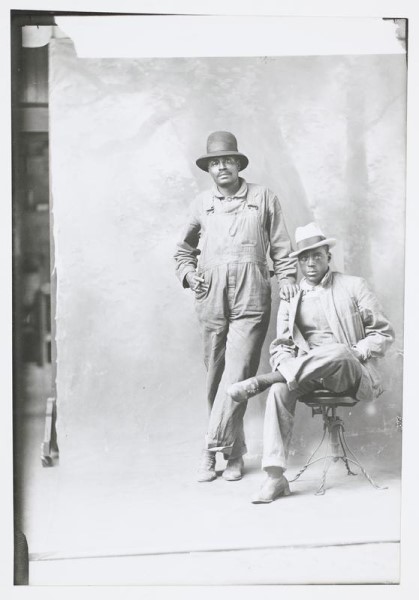That’s Distinctive!: Mexican Recipes
September 22nd, 2023Check the blog each Friday for a new “That’s Distinctive!” post. I created the series because I genuinely believe there is something in our collections for everyone, whether you’re writing a paper or just want to have a look. “That’s Distinctive!” will provide a more lighthearted glimpse into the diverse and unique materials at Spencer – including items that many people may not realize the library holds. If you have suggested topics for a future item feature or questions about the collections, feel free to leave a comment at the bottom of this page.
This week on That’s Distinctive! I am sharing the tastiest collection I have ever found. It houses 62 recipes from central and southern Mexico dating to the early nineteenth century. Most of the recipes are undated, though one is dated 1817. The recipes are written in Spanish and Castilian with no authors indicated, though a few – like the recipe for “marmones” – include a name that appears to be a recipient (in this case Doña Maria Rafaela Vazquez). The recipes (both loose leaf and bound) were housed in a leather wrapper when they arrived at the library. For their preservation, the recipes have been re-housed in folders, and the leather wrapper kept with the collection. Just a little fun fact: the collection was processed by our former Spanish and Portuguese Preservation and Processing student, Indira Garcia Varela, back in 2019.
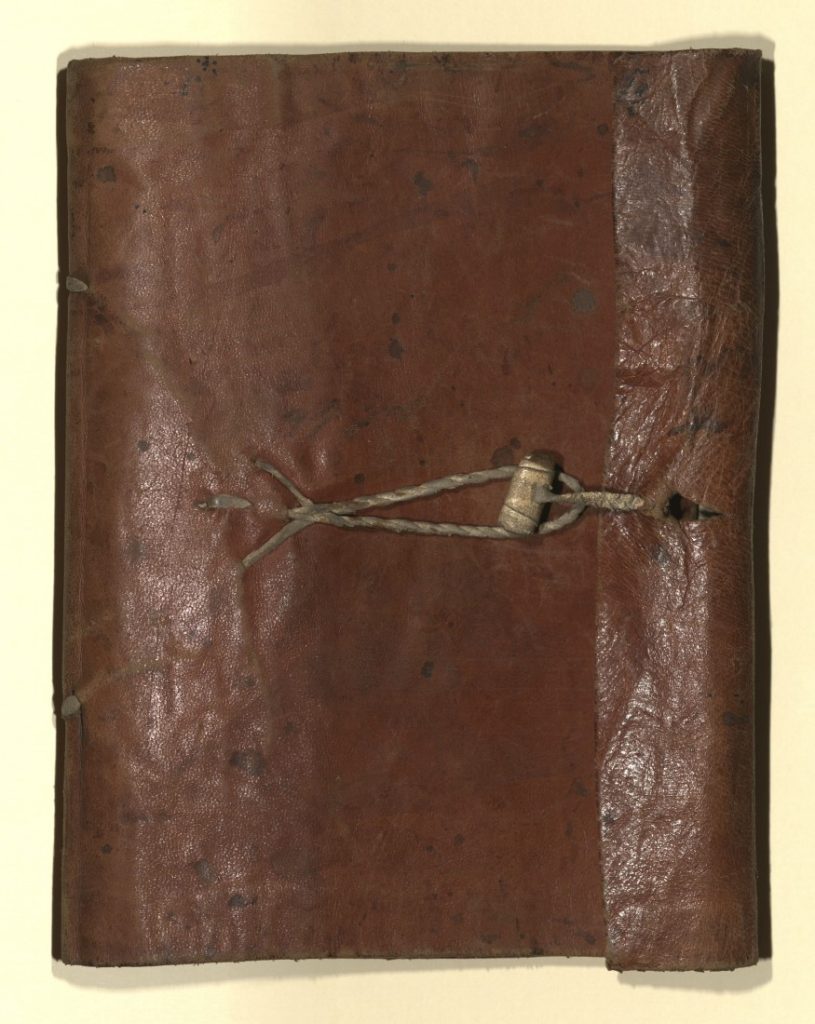
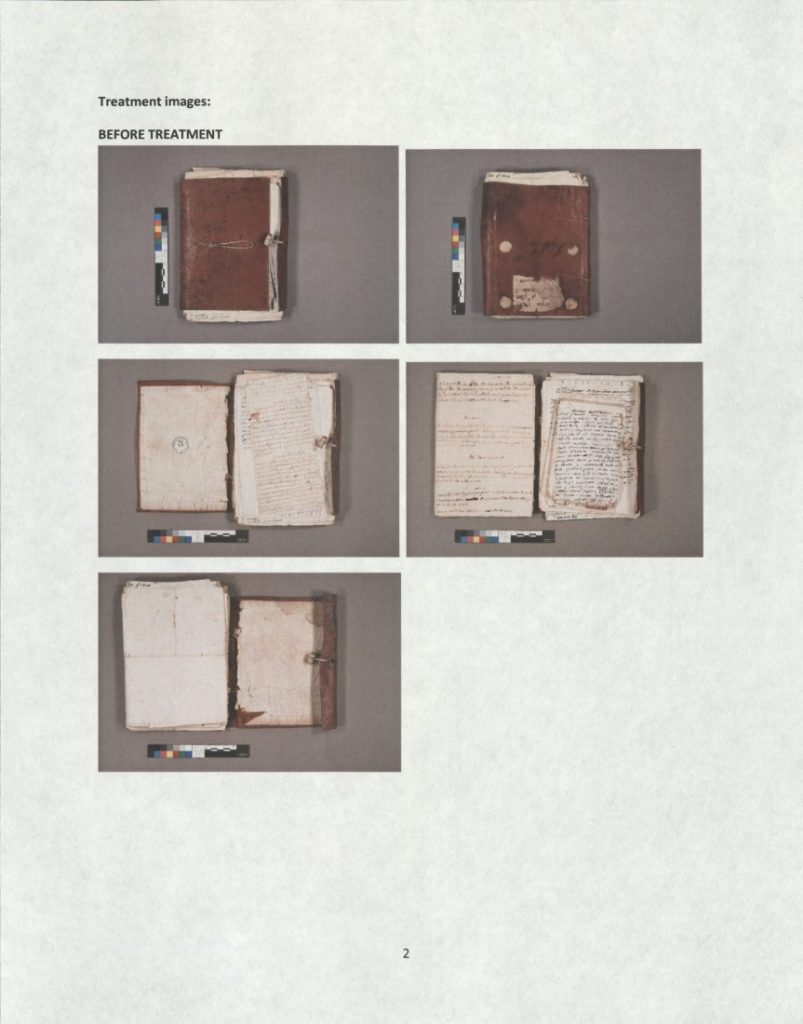
Examples of recipes within the collection include directions for making “enpanadas” (as it is spelled in the manuscript), tamales, tortas, and buñuelos. I am sharing three recipes below with a translation for bodin provided by Whitney Baker, Head of Conversation Services at KU Libraries, and Dr. Milton Machuca-Galvez, Assistant Librarian for Spanish, Portuguese, and Latin American and Caribbean Studies. The recipes shown below are titled Bodin, Reseta de las Enpanadas, and Leche de Piña.
So why this collection? Having Mexican heritage myself, stumbling upon this collection in the finding aid really tugged at my heartstrings. The more I learned about the collection, the more fascinated I became. Sifting through the recipes, there were many items and words I recognized, and it can be interesting to see how the spelling of words has changed with time. The recipes are handwritten, which helps call to mind the person who wrote down the recipe roughly two hundred years ago. I was hesitant to share items in a language other than English given much of our audience is English speaking, but the collection is too fun to not to highlight.
The recipe for reseta de las enpanadas. Call Number: MS 346. Click images to enlarge.
The recipe for leche de piña, undated. Call Number: MS 346. Click image to enlarge.
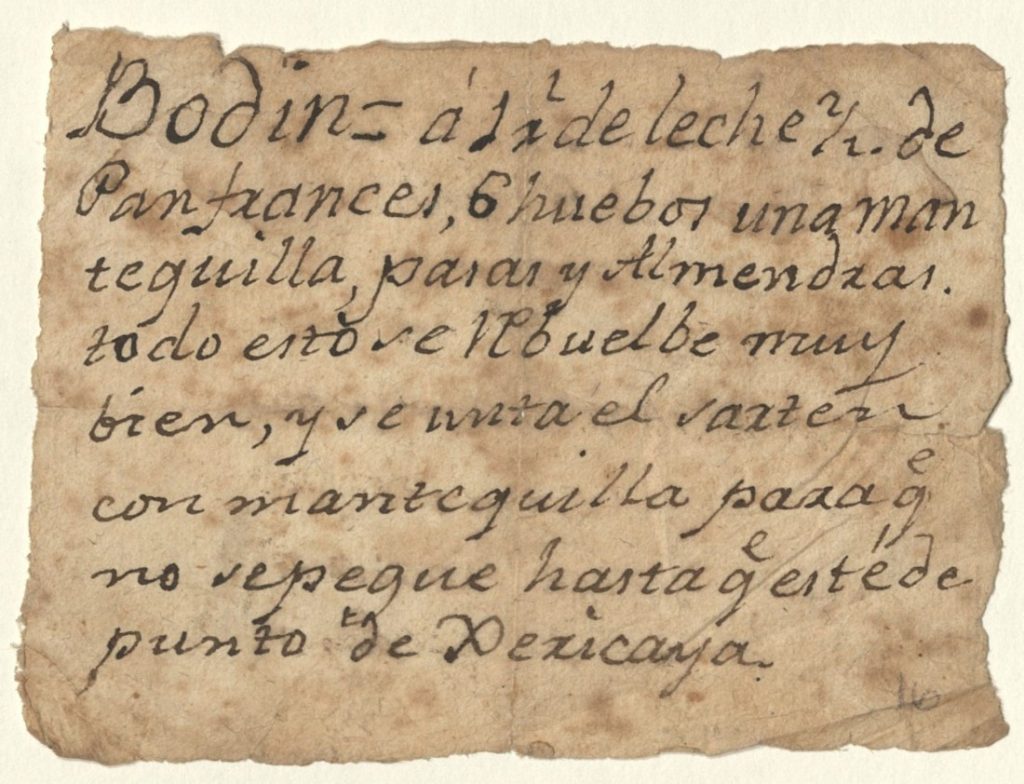
Bodin = a 1 taza de leche 2/1 de pan frances, 6 huebos, una mantequilla, pasas y almendras. Todo esto se revuelbe muy bien, y se unta el sartén con mantequilla para que no se pegue hasta que esté de punto de Xericaya
Pudding = Add to 1 cup of milk, (half a?) French bread, six eggs, butter, raisins and almonds. Mix all of this well, and rub a frying pan with butter so that it doesn’t stick until it’s at the point of [consistency of] a jericalla [a Mexican custard dessert].
The gist of the last sentence, better worded, might be, “rub a frying pan with butter so it doesn’t stick, and mix all of this well until it’s at the consistency of a jericalla [Mexican custard dessert].”
Tiffany McIntosh
Public Services

